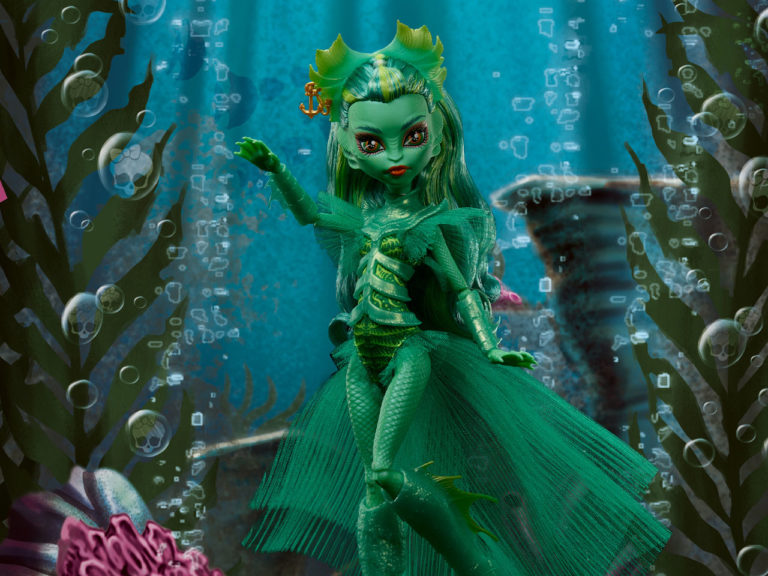
I went into this review almost completely blind. Aside from the cover and the title I knew absolutely nothing about the comic. Obviously it was a Red Hood story, which in and of itself brings a lot of expectations. Jason has had a, let’s say tumultuous publication history. Since coming back in 2005, he has been shifted from villain, to anti-villain, to anti-hero, to hero-but-with-an-attitude with rough to non-existent transitions at each step. Most of the time he’s been on some sort of team because that’s what DC does with characters they don’t have a place for, and that strategy has had mixed results. He’s a character that I think has a lot of potential but has often been handled poorly by both writers and editorial. With Batman: Legends of Gotham, I hoped that this could be a step in a bright new direction.
In order to make the premise work, the story needs to bend believability a bit. The starting point, writing-wise, is that Jason teams up with the Outsiders to go on a mission. Diggle facilitates that by having Jason break into a secret part of the Batcomputer that only the Outsiders know about. The reason this causes problems for me is that it requires that Bruce be uncharacteristically selective about whom he considers his most trusted allies. Ask most readers and I think a good majority of them would have some combination of Alfred, Dick, and Tim in the top three of “who does Batman trust the most.” However, that can’t be true here because Black Lightning and Katana need to be the ones Jason runs into.

It’s funny that so much effort is gone to in order to make the team up happen, because Katana and Black Lightning hardly even do anything the entire comic. This is almost entirely a Red Hood story, with the other two just providing color commentary and giving advice.
The plot also needs Jason to infiltrate a criminal auction for Batman’s stolen data, which means we need to collectively pretend that he is still seen as a villain. I already mentioned how Red Hood’s status has been in flux for a while, but it’s hard for me to buy that he could be accepted into a secret meeting of criminals with few questions asked. Katana makes reference to his “body count” to explain why he makes a good choice, but let’s interrogate that for a bit.
For years now, Jason has been a hero in all but name. He regularly works with Batman and will almost always only kill as a last resort. The motivations and trappings from the original Under the Hood storyline are nothing but aesthetics at this point. The guns are more for show than anything else, and might as well be batarang launchers. I could write a whole article about the identity crisis Jason has had for the past decade, but despite what DC likes to sometimes market him as, he is not actually an “outlaw” that would be welcomed by a criminal organization as someone to share secrets with.
As one final thing that doesn’t make a lot of sense, it’s revealed at the end that Croc was working with Jason in order to get him into the auction in exchange of protecting a secret of his. This makes for a nice moment, but when Croc pretends to be attacking Jason, he exclaims how he wants revenge because Red Hood ruined his operation. If that was all an act, then why is Croc suddenly fine with the very real thing that Red Hood did?
While the setup for the premise is pretty flimsy, once it’s established I think the criminal lair of scum and villainy angle is actually quite fun. Getting to see villains in an environment where they’re not trying to fight the heroes is almost always entertaining. It shows a side of them that’s more casual and offers a glimpse into what they’re like “off the clock.” It reminds me a bit of the excellent Batman: The Animated Series episode Almost Got ‘Im. There’s a rapport between characters like Bane and Mercy Graves that builds them up as more than just antagonists. I’d say I’d be interested in seeing more stuff like this if I wasn’t afraid we’d just get another Joker series.

Part of what makes the setting so enjoyable is Karl Mostert’s pencils with Romulo Fajardo Jr’s colors. The way Mostert draws faces reminds me somewhat of Frank Quitely. There is so much detail packed into the characters and environment that the establishing shots are just brimming with action and personality. The Island of Gamorra is meant to have a cyberpunk style, reflective of the way corporate technology control every aspect of society. Mostert and Fajardo’s art is able to sell that vision of a wonderland of sin with an in-your-face neon atmosphere. Right away you can tell this a place where anything and everything can be bought and sold. It’s a concept that gets taken to the extreme towards the end when Jason chases the data to the company’s secret base.
Andy Diggle’s writing style is definitely verbose. We get boxes upon boxes of narration from Jason detailing all of his thoughts throughout the story. The exposition explaining the premise of the issue lasts over 10 pages as we listen to the characters tell one another the who, what, where, and why of everything happening. It fails too often on the “show don’t tell” principle. That’s not to say it’s always bad. There is some genuinely good satire and funny lines, but they’re actively harmed by just how much writing there is. A perfect example would be Bane, who has some really clever dialog, but most of the time he’s delivering these exceptionally wordy monologues.
Characterization is something that I also took issue with. Towards the end of the story we get a few scenes that are clearly intended to be “moments” that give a deeper look into the characters’ psyches. These are the revelations that Croc secretly loves French literature and that Jason loves chili dogs, which Alfred would always make for him. In both instances you can see the writer’s pen as Diggle tries to elicit pathos using personal secrets. The problem is that they’re both so out of left field as a character trait that it just reads as random. We also get more references to Jason’s death and fraught relationship with Bruce as Robin, because it’s illegal to have a Red Hood comic that doesn’t mention both of those things.
As a first issue of an ongoing series, I thought that while the story had problems, it also had potential for interesting future plotlines. I went to check when the next issue comes out, and to my surprise I couldn’t find it. It turns out that I was mistaken and this was simply a one-shot. This genuinely shocked me, given the story’s cliffhanger ending and plot set up. Everything about it is structured like the pilot for a series. With that gone, it’s incredibly unsatisfying. Based on everything that happens and even the “The End…?” ending, I have to assume that this will tie into some current or future event, but as-is the story presented feels incomplete.
Recommended if…
- You want more Red Hood stories where some side characters tag along
- Wretched hives of scum and villainy are fun
- You willing to wait for some undisclosed comic to pick up the cliffhanger
Overall
Batman: Legends of Gotham #1 is an adventure where Red Hood infiltrates a criminal lair. It’s a fun premise that mostly works, but is brought down by long-winded dialog/exposition, some questionable narrative logic, and an unsatisfying ending that seems to be meant to tie into some other unnamed story. Pick it up if you want more Red Hood stories, but this doesn’t do much to set itself apart for a character in need of a clear direction.
Score: 6.5/10
DISCLAIMER: DC Comics provided Batman News with a copy of this comic for the purposes of this review.


